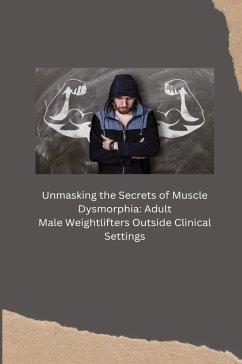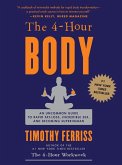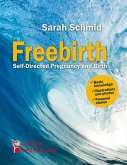Muscle dysmorphia (MD) is observed as a strong drive to increase muscularity and decrease body fat, and appears to be based on beliefs regarding one's muscularity, regardless of actual muscle size and definition. The current scientific literature on MD is inconclusive on several vital questions regarding the characteristics, categorisation, and prevalence of MD. The overall purpose of the research was to investigate whether MD should be included as a new disorder in a classification system for mental disorders, and to improve the understanding and awareness of the rates and symptoms of MD, BDD, and eating disorders. Two studies were designed in this project to address five of these questions. The first study aimed to: (a) examine inter-rater reliability of the proposed MD criteria, (b) investigate if MD represented a syndrome of co-occurring symptoms, and (c) investigate the correlation between the proposed MD criteria and the Muscle Appearance Satisfaction Scale (MASS) in a non-clinical population of adult male weight lifters in Australia. Adult males (N = 48) who were currently participating in weight lifting were assessed using the MASS and a one-on-one interview. Results of the assessments by two registered psychologists indicated low inter-rater reliability (¿ = .39; p ¿ .05). A Binomial test revealed that MD represented a syndrome of frequently co-occurring symptoms: there was a significant probability (> .70) of a participant with one diagnostic symptom of MD (criteria B1 or C) to exhibit another symptom (criterion A) of the disorder. Point-biserial correlation indicated that the proposed MD criteria, excluding criterion B2, were significantly correlated with the total score of the MASS and its subscales, excluding Muscle Satisfaction. The second study aimed to: (a) determine the prevalence of, and factors contributing to, MD symptoms, body dysmorphic disorder (BDD) symptoms, and eating disorders symptoms; and (b) provide a comprehensive comparison of symptoms of MD, BDD, and eating disorders in a non-clinical population of adult male weight lifters in Australia. Adult males (N = 648, Mage = 29.5, SD = 10.1) who were currently participating in weight lifting completed an online survey consisting of the background questionnaire, the MASS, the Body Dysmorphic Disorder Questionnaire, and the 26-item Eating Attitudes Test.
Hinweis: Dieser Artikel kann nur an eine deutsche Lieferadresse ausgeliefert werden.
Hinweis: Dieser Artikel kann nur an eine deutsche Lieferadresse ausgeliefert werden.








